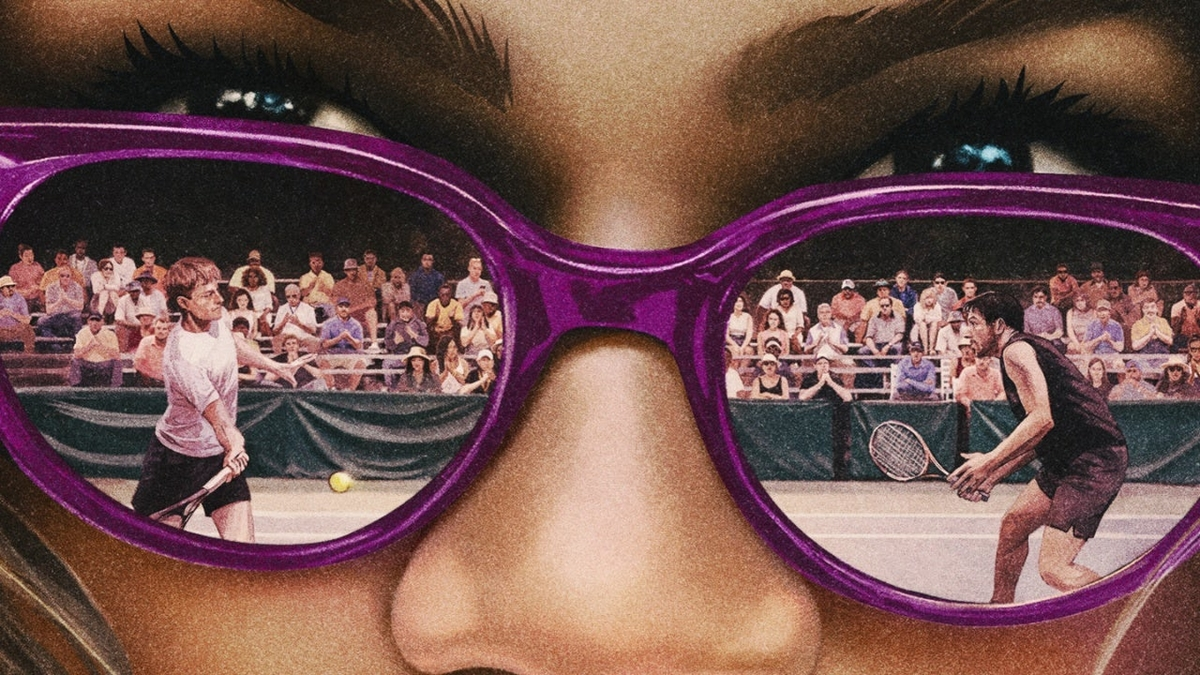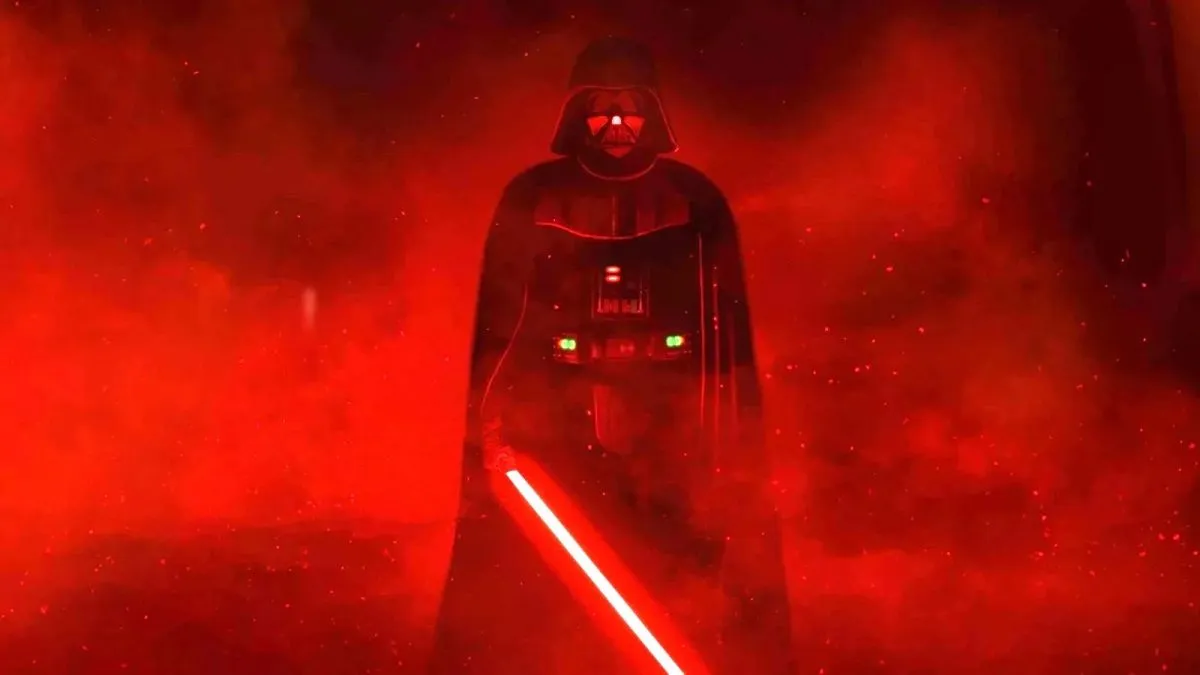
Did you come into The Shallows with preconceived notions on sharks? Fears, curiosity maybe?
JCS: Neither. I did my research on Shark Week, but I’d never be close to a situation like that. I don’t surf, I don’t scuba, I don’t dive. Nothing. I don’t have fear of them because I have legs. [Laughs] I’m afraid of spiders and other things, but there’s absolutely no way I’d ever encounter a shark. Not even on boats, maybe. I’ll go to a fun boat that’s next to a restaurant, but nothing crazy.
So your shark in the film, is…mostly CGI?
JCS: Mostly? All of it.
Wow, so no practical effects for the shark at all?
JCS: How can you do it practical? You can’t use a mechanical shark, that’s been proven to create a lot of problems to say the least.
I believe David R. Ellis was using mechanical sharks on the recent-ish Shark Night, where visual effects were paired with these actual beasts…
JCS: I just don’t think in this day and age – when you’re shooting so fast and have the expectation of reality, anything that’s practical has to be fixed later in CG. It’s not going to look as real – the mechanical one – and hopefully your CG shark is going to look real. So, what – are you going to have two sharks? No. You’re going to fix it. But if you’re fixing it, why even use mechanical? What’s the good of having a practical shark for the water interactions when you don’t need one to do it? That’s what we did. We just had pieces of things that look like a shark for the water interactions, and then we’d just replaced those objects with our shark. We got the best of both worlds. We’d attached a fin to a sea-bob, and a diver would go out with it. Those are the shots you see. The fin is just a prop with CG on top of it – but it feels real.
So was that a challenge for Blake?
JCS: Oh, it was impossible for her! We couldn’t even use any props half the time because they broke or something, so we’d tell her look here, or look there.
Just to give you an example – the rock and the buoy were never in the same shooting frame together. Ever. On location, they were separate. When the water broke the buoy, we’d bring in the rock. When the water broke the rock, we’d bring back the buoy. There’s not a single scene in the movie where both objects are shot together in-frame. Blake would be like, “Where’s the buoy today? Right?” The bluescreen was always in the same place, so we’d have to move her perspective. I was always always shooting against he bluescreen, so we would have to move her. “Where’s the buoy? Where’s the shark? Where’s the rock?” She had to make up the world every day. Now it’s over there! That’s how difficult it was for her – well, I mean, for us too. We’d get confused! Where’s the rock? Buoy? The script supervisor was like “What?!” A movie like this is all about clarity.
Here’s another example. The beach was always in the same direction. When Blake looked camera right, she was always looking at the beach. It was always the same look. She could look anywhere, but it was always the same beach. Now, try doing that without an actual beach. It’s confusing for everyone. You have the rock, buoy, beach and whale. It’s very technical.
So was Blake Lively always the choice for your lead, or did she audition?
JCS: No audition. We were hoping she would say yes, it took some time – scheduling, her baby – I mean it was her third movie that year! Maybe even more? Add a newborn – and Ryan’s schedule – so it was a big decision to go to Australia with your baby and then do such a physical movie.
But for us, there was no other choice. We were looking for something very specific – smart, tough, amazing actress, game for it, and believable as a woman going through problems, yet is still capable. We didn’t want a victim. We wanted someone who was finding out who she really is, and crosses the line into shark territory. The shark doesn’t come knocking, she enters its territory.
Was there a past role that tipped you off to how amazing Blake would be for The Shallows?
JCS: I saw Age Of Adeline, and she definitely showed she could carry a movie. She has a big presence. Most importantly, you find someone like her who hasn’t had that one role she can own for a different audience. If you want to be big, you have try being in a genre film. People choose action movies or horror, possibly comedies, but that separates you as a actor. Puts you on a bigger stage.
So who was harder to direct – Blake, or her seagull companion?
JCS: The seagull directed me! The seagull was genius. Everyone thought it’d be the hardest thing. We were talking about the rock, the buoy, the location, and then every once and a while someone would be like, “and what do we do with the seagull?” I’m just like, “Don’t worry about the seagull. We’ll find the seagull, it’ll just be there. It doesn’t need to talk or anything. I’ll cut to the seagull, and if it does something, that’s how seagulls do it! How can she be wrong about being a seagull!”
Your films tend to address technology in a certain way. Thinking back to Non-Stop, you had the text messages scroll on screen. Here’s, it’s FaceTime and Instagram. Do you work to incorporate these themes into your films?
JCS: For me, technology is a problem because it kills the isolation. I use technology to make things harder for my characters usually, or to deliver exposition.
In the beginning scene, I could either have the character Carlos asking questions and rambling exposition, or have a scene between Carlos and [Blake’s character] that’s fun, while [Blake] scrolls through pictures on her phone as the exposition. I used it that way, getting exposition out of the way while having a bit of fun.
With the FaceTime, I had the other side of the conversation, but I didn’t want to cut away to the house. Not because I’m some sort of weird director who doesn’t want to cut away, but because once you cut to the house, you have to cut back again to see what they feel like. She’s gone. She didn’t answer. The audience is like, “Well you were at the house shooting, why didn’t you continue shooting! What’s their story!” If you never leave the beach, you understand there’s no access to anyone else. So then, I have this dilemma where there has to be an emotional scene between [Blake’s character] and her father – which is expositional, but necessary – and I’m torn between shooting a normal close-up of the father, or staying true to the concept. I chose the concept. Right or wrong, that’s what I chose. But I wish there were no cell phones in movies. [Laughs] I wish they were banned!
Horror movies are ruined now!
JCS: All movies! Thrillers! [Imitating random character] “Oh, let me Google where we are.” So that’s why I do that. We have to find ways to connect with people outside of technology. I could have done the cheap thing – which I didn’t do – where there’s no reception.
Thank you for not employing such a device, because that’s a huge pet peeve of mine…
JCS: I know. “Oh, no battery!” There’s batteries, there’s reception. This is the world we live in.
That concludes our interview with Jaume Collet-Serra, but we’d like to thank him for his time. Be sure to catch The Shallows, as it’s now in theatres everywhere!






